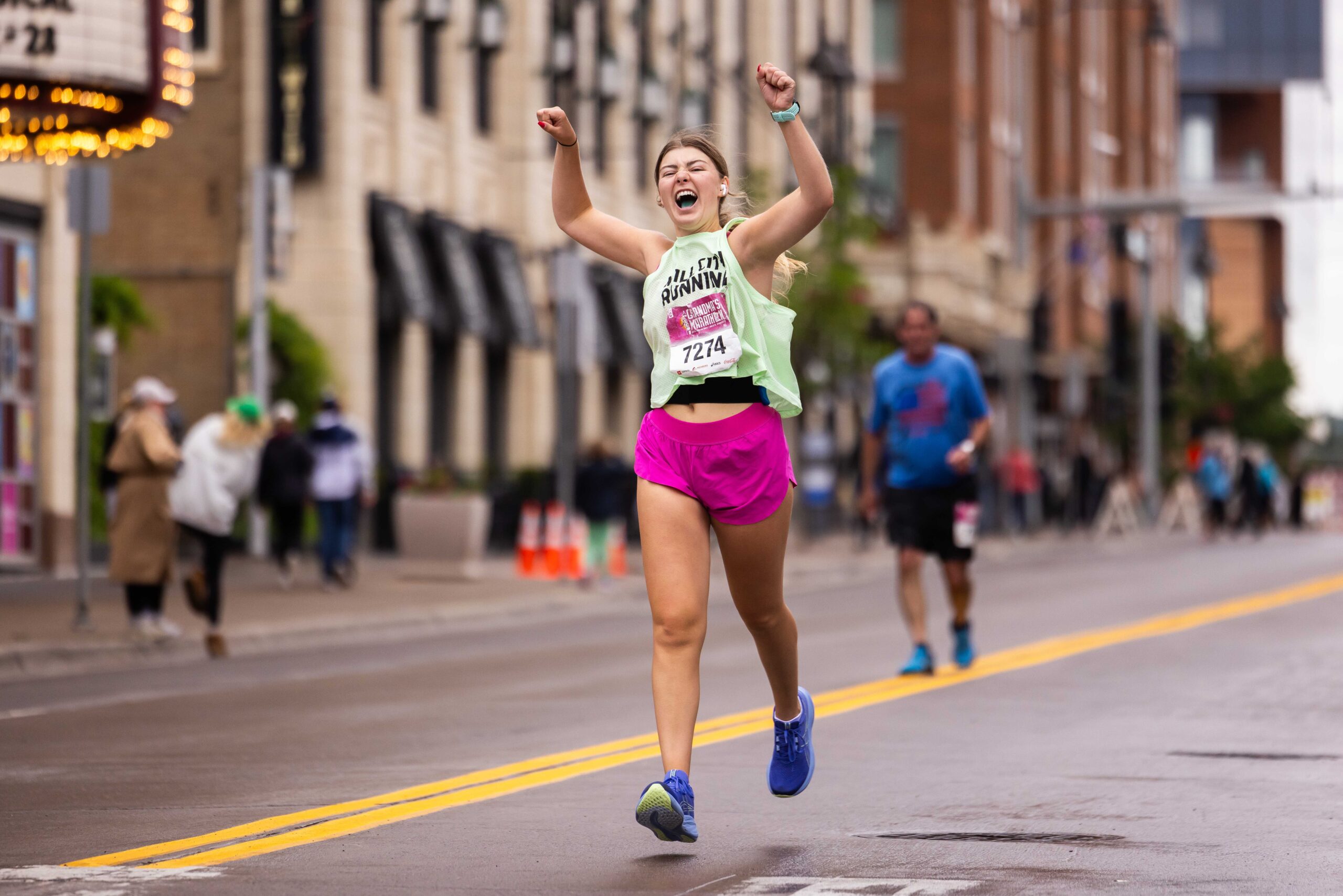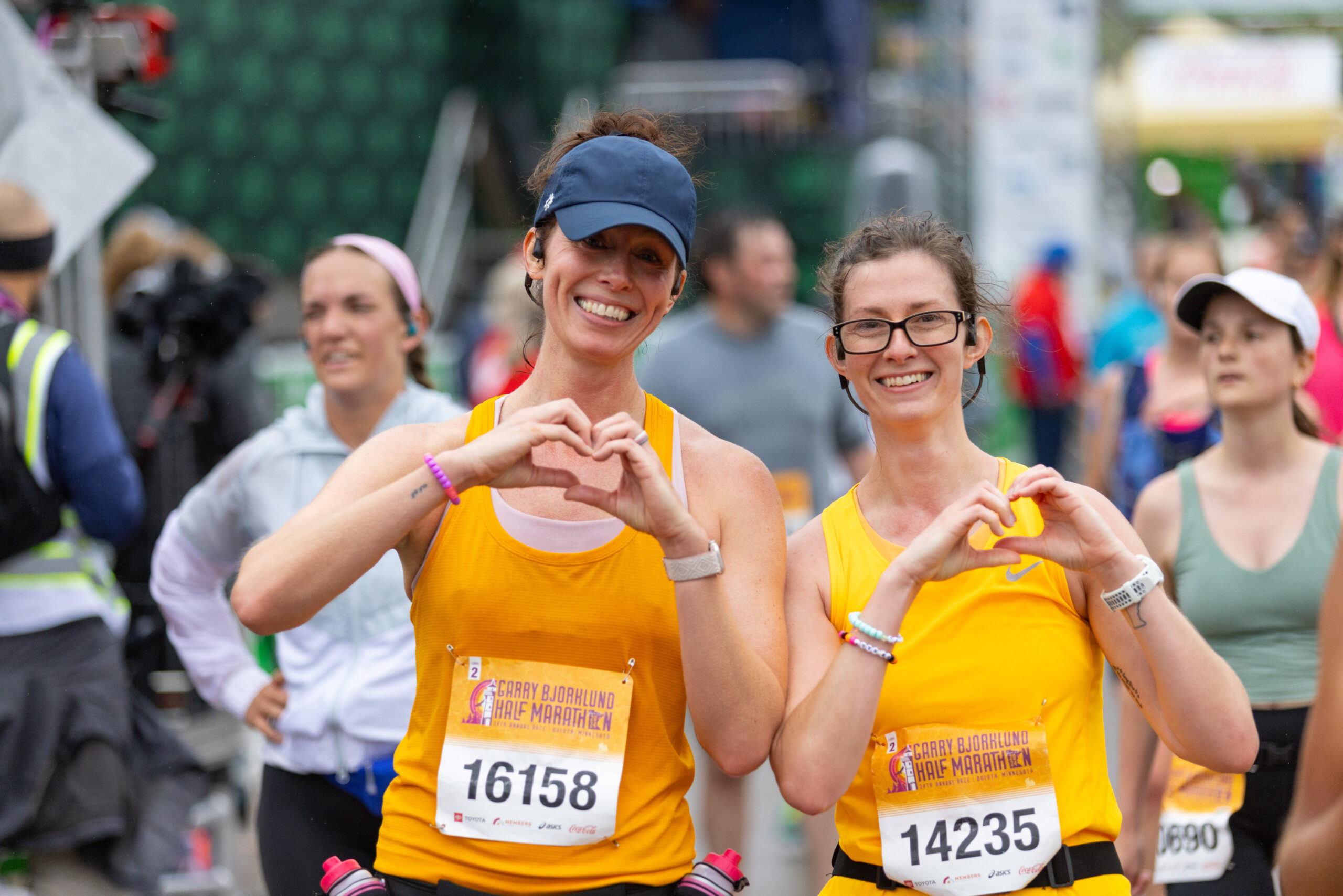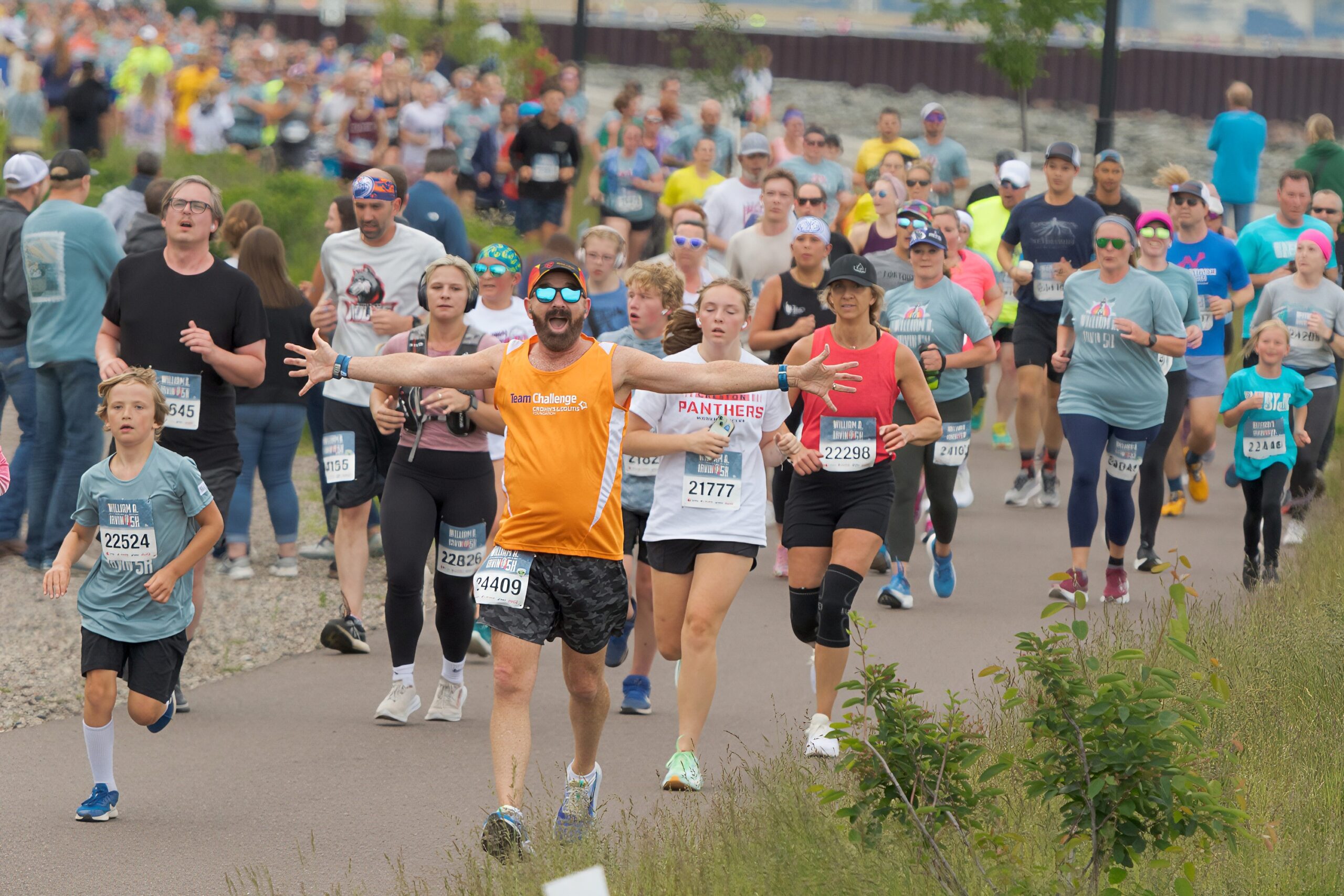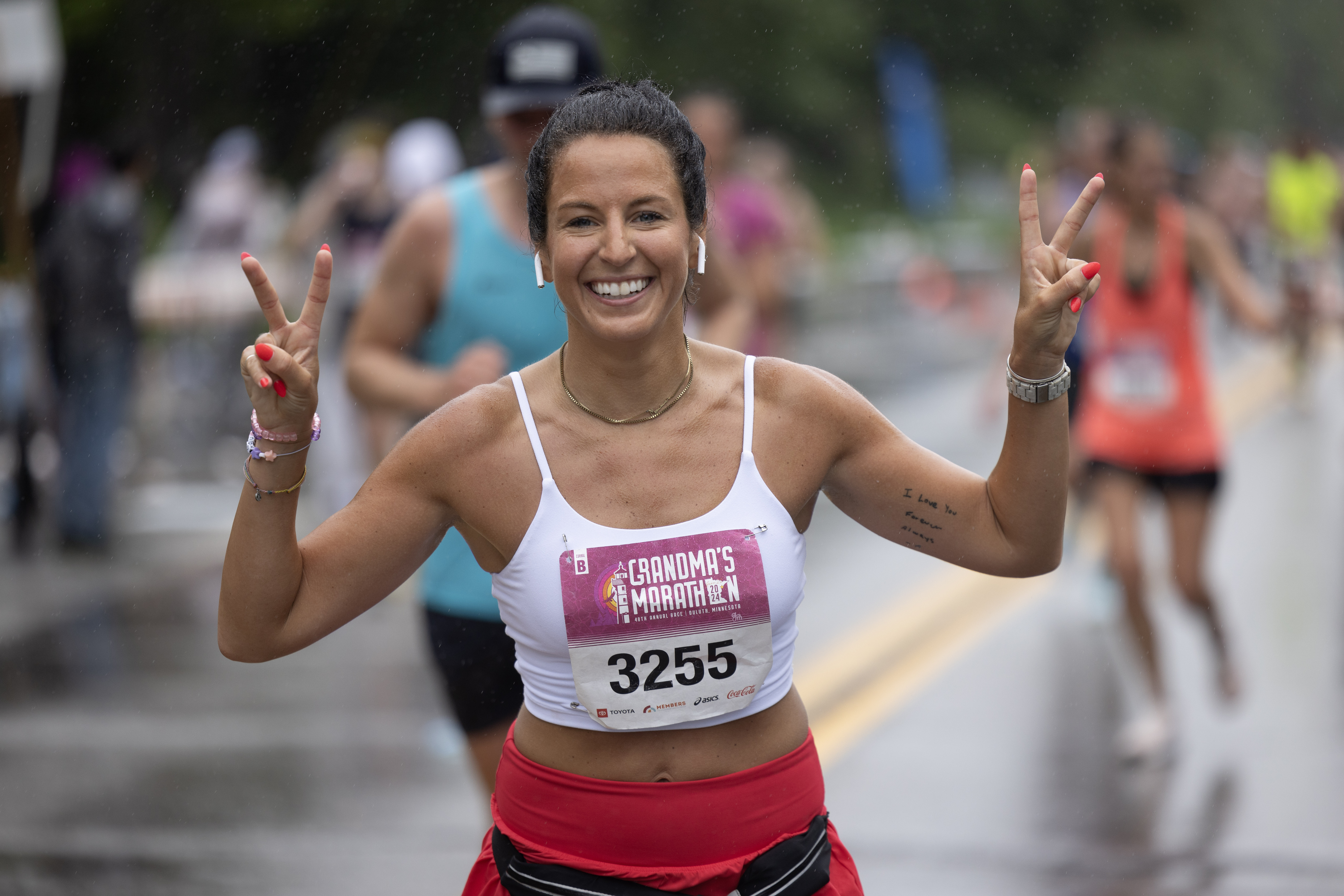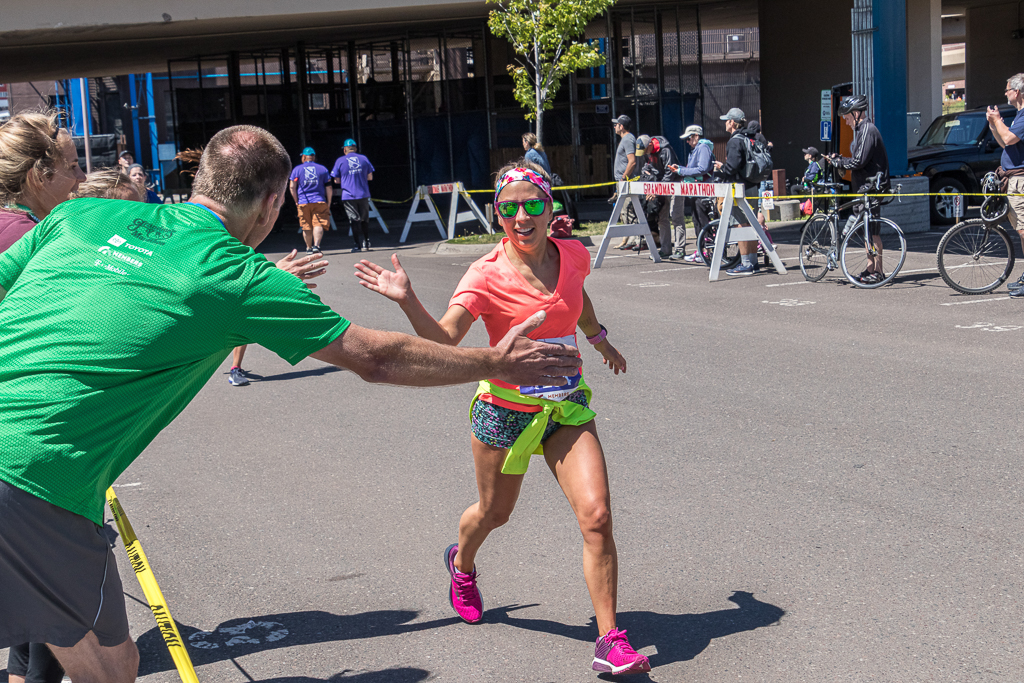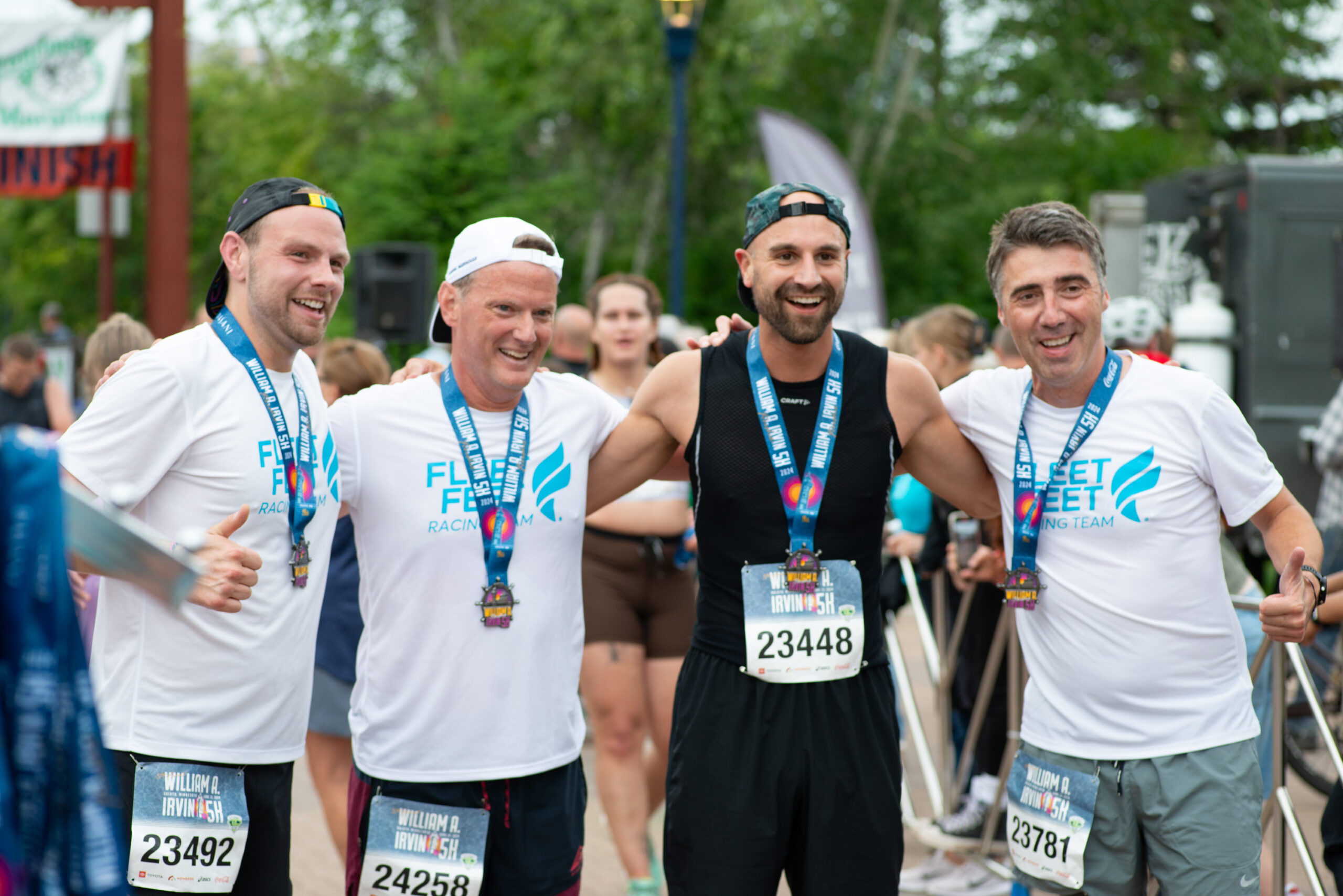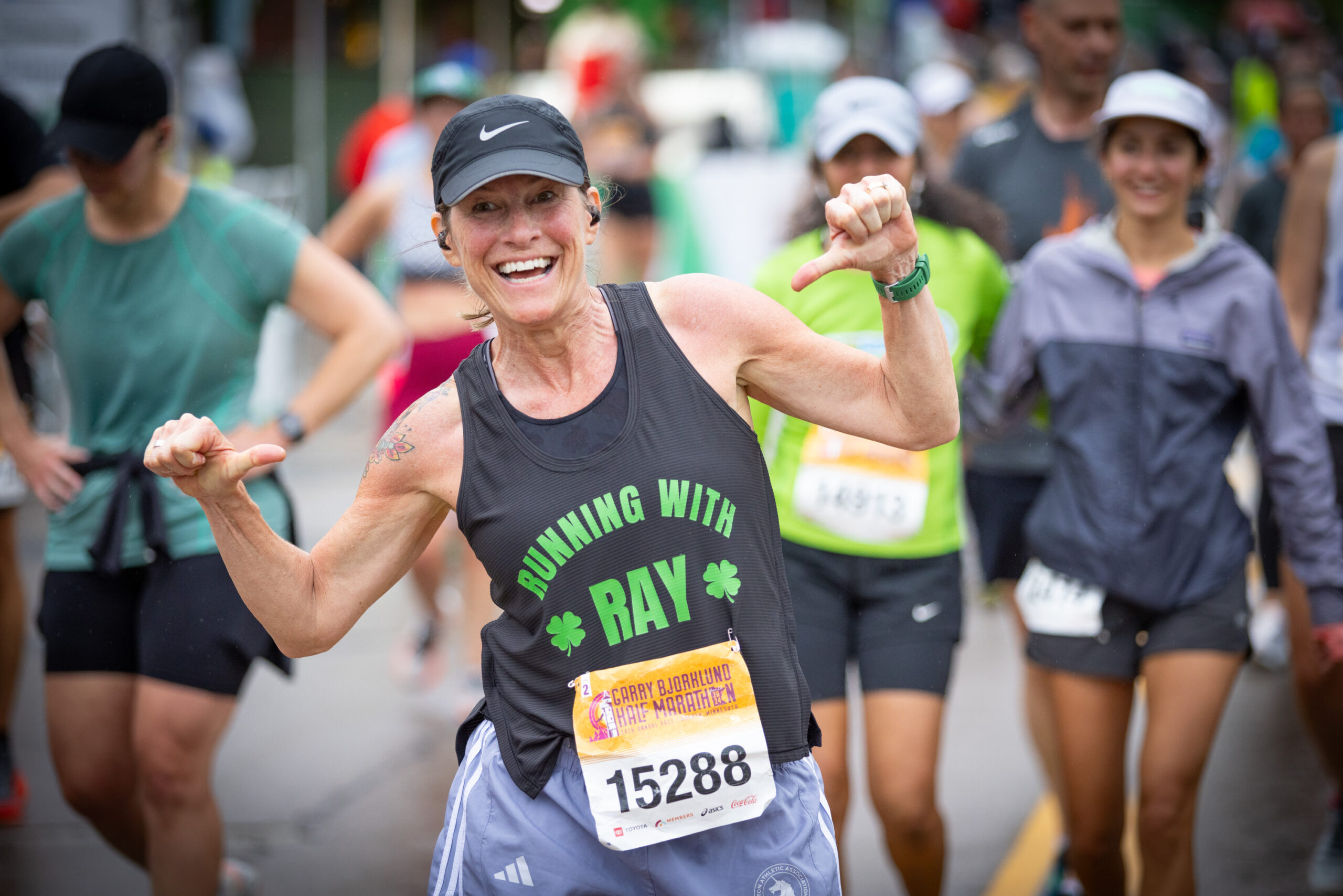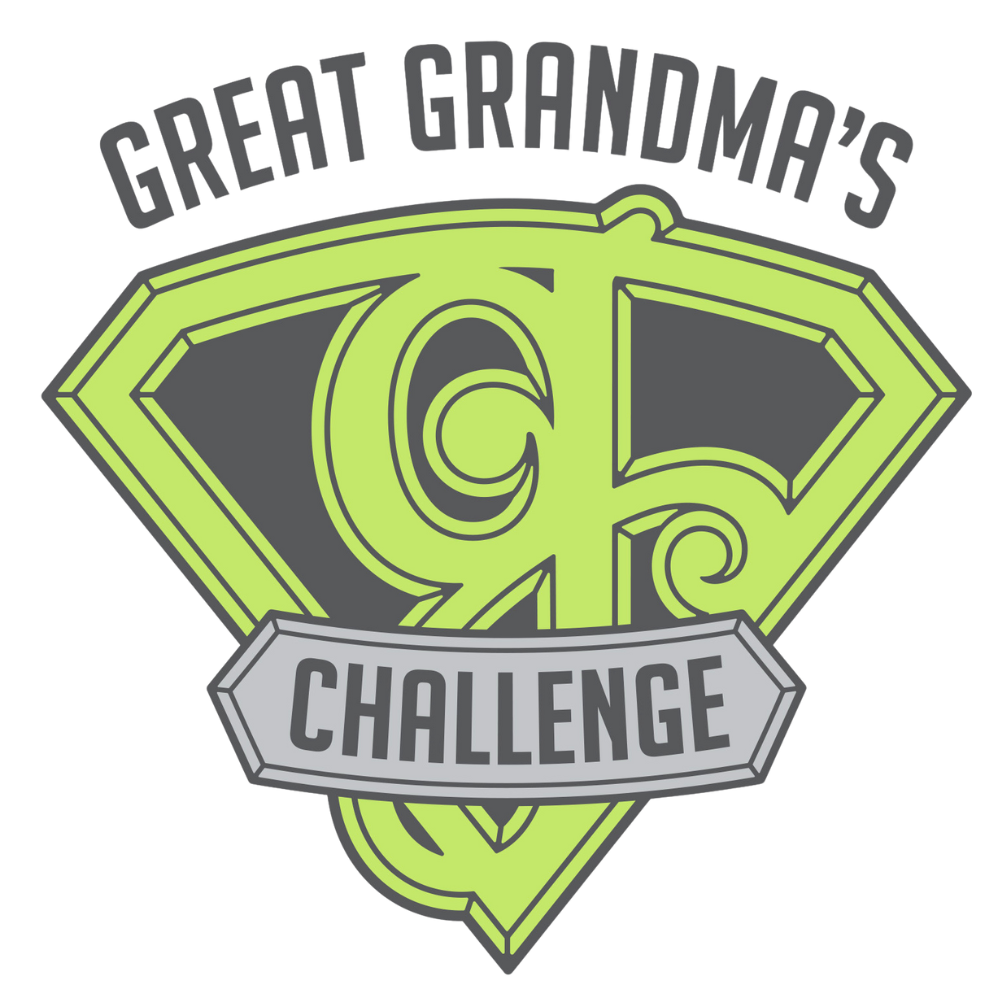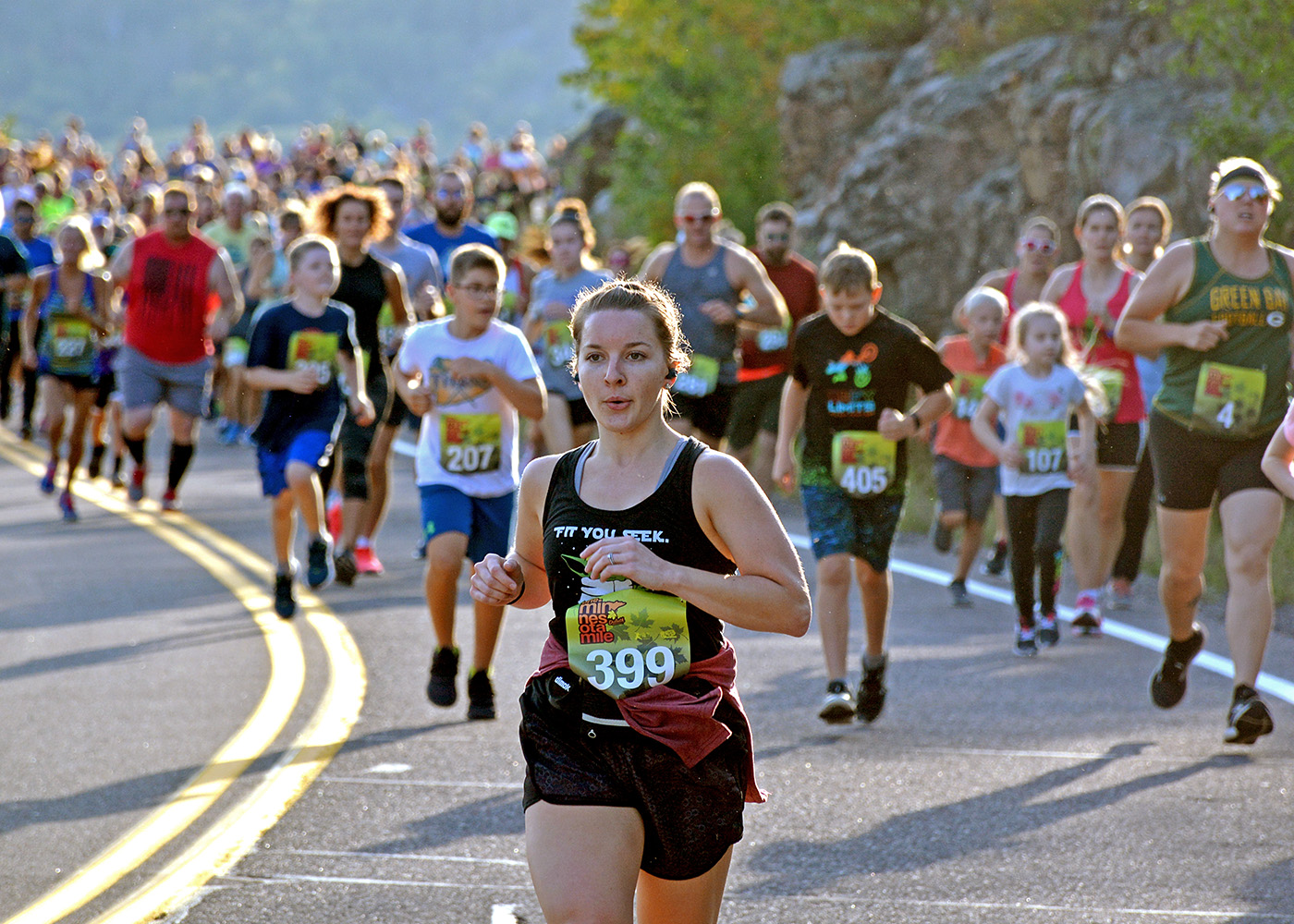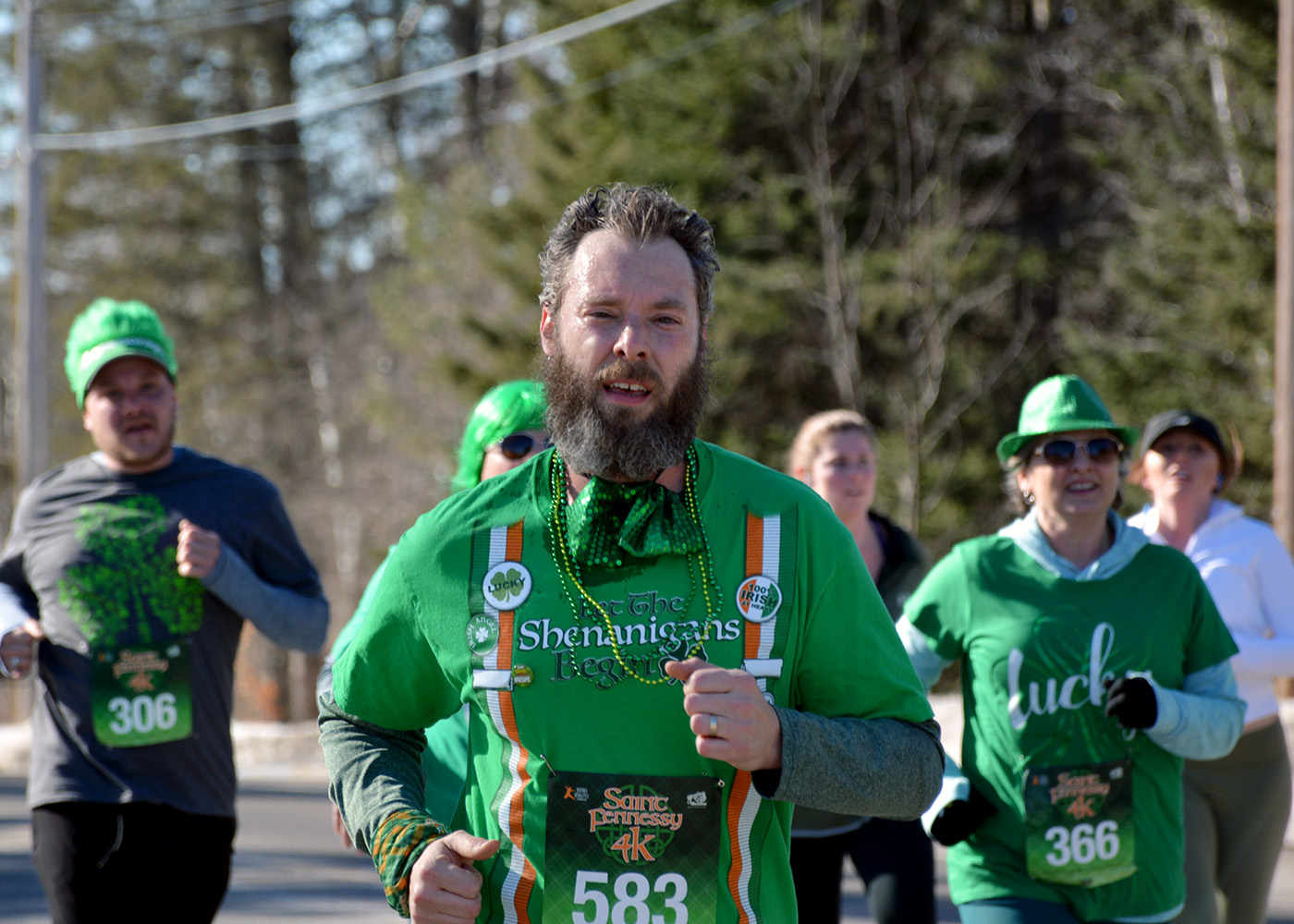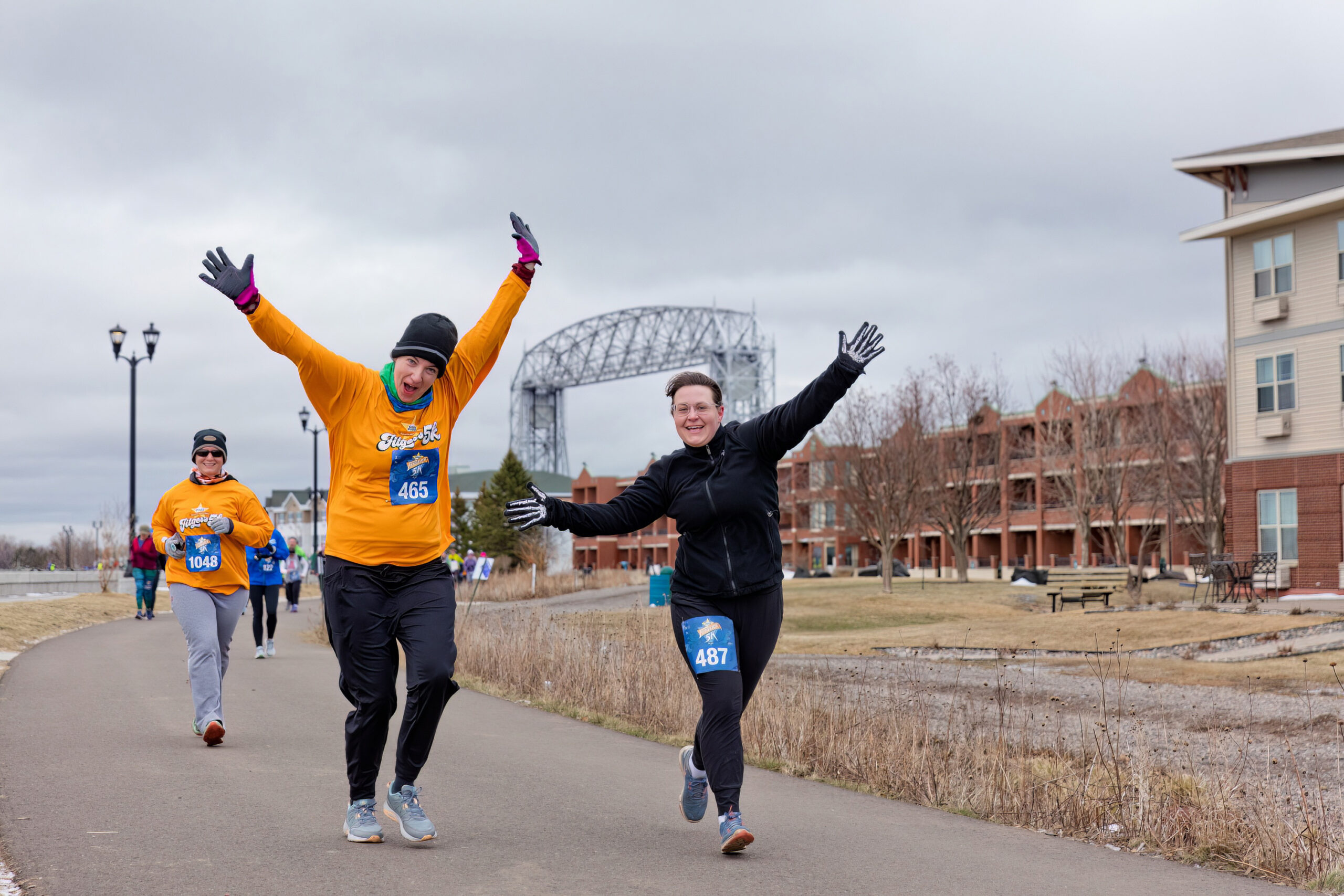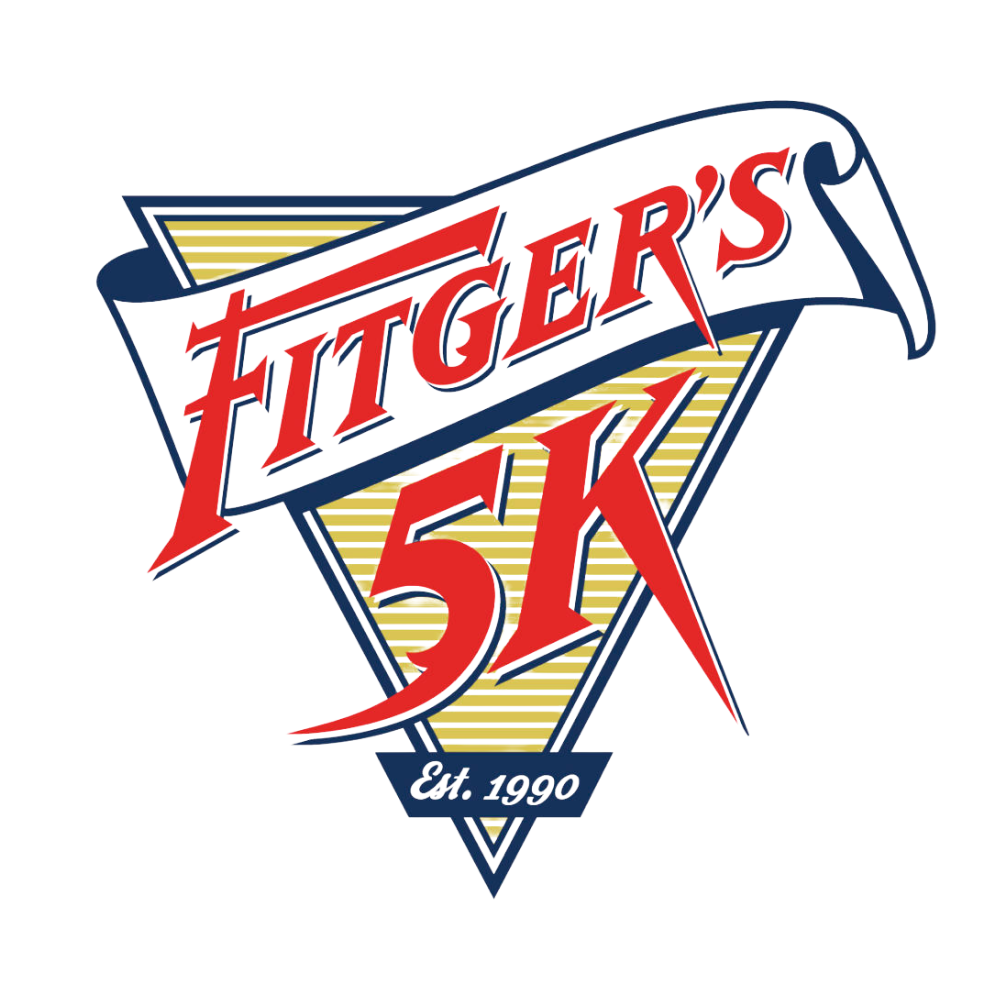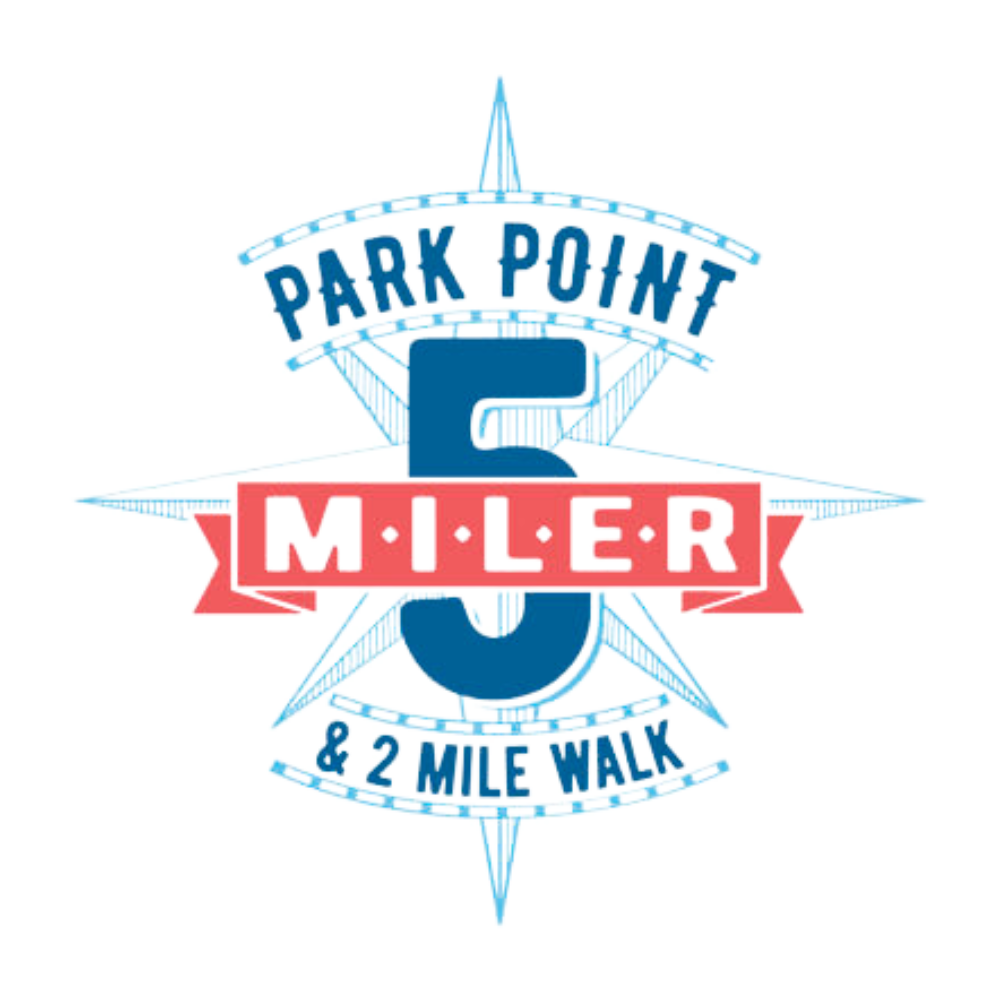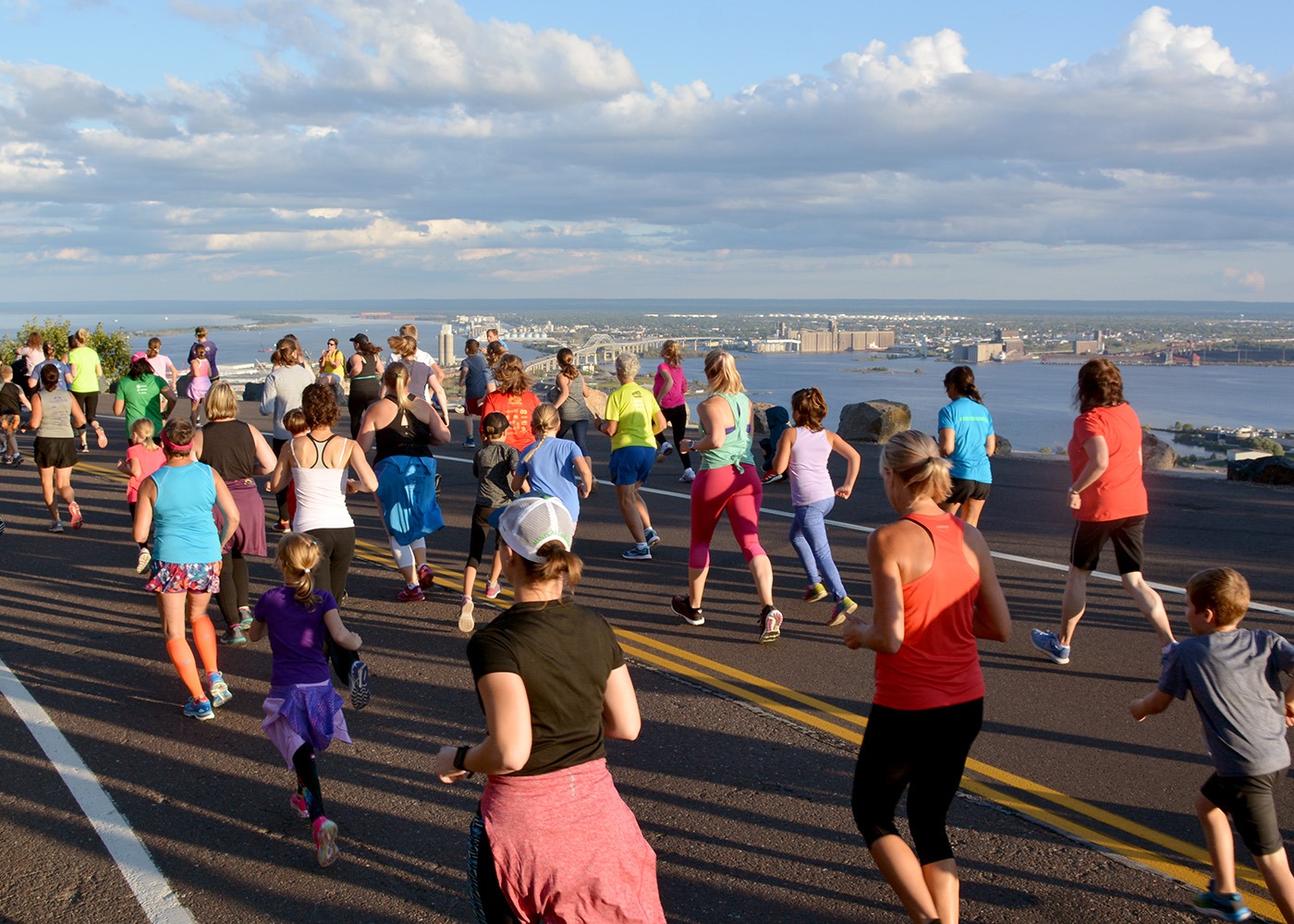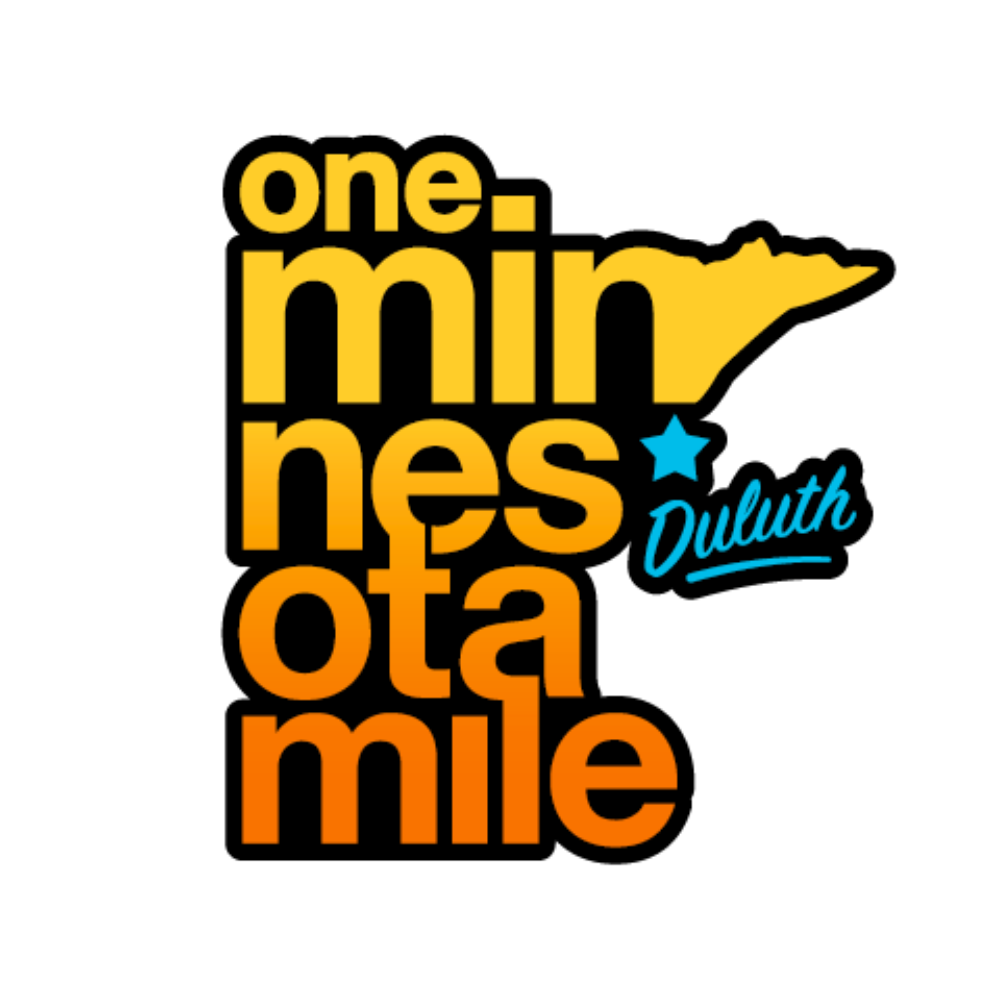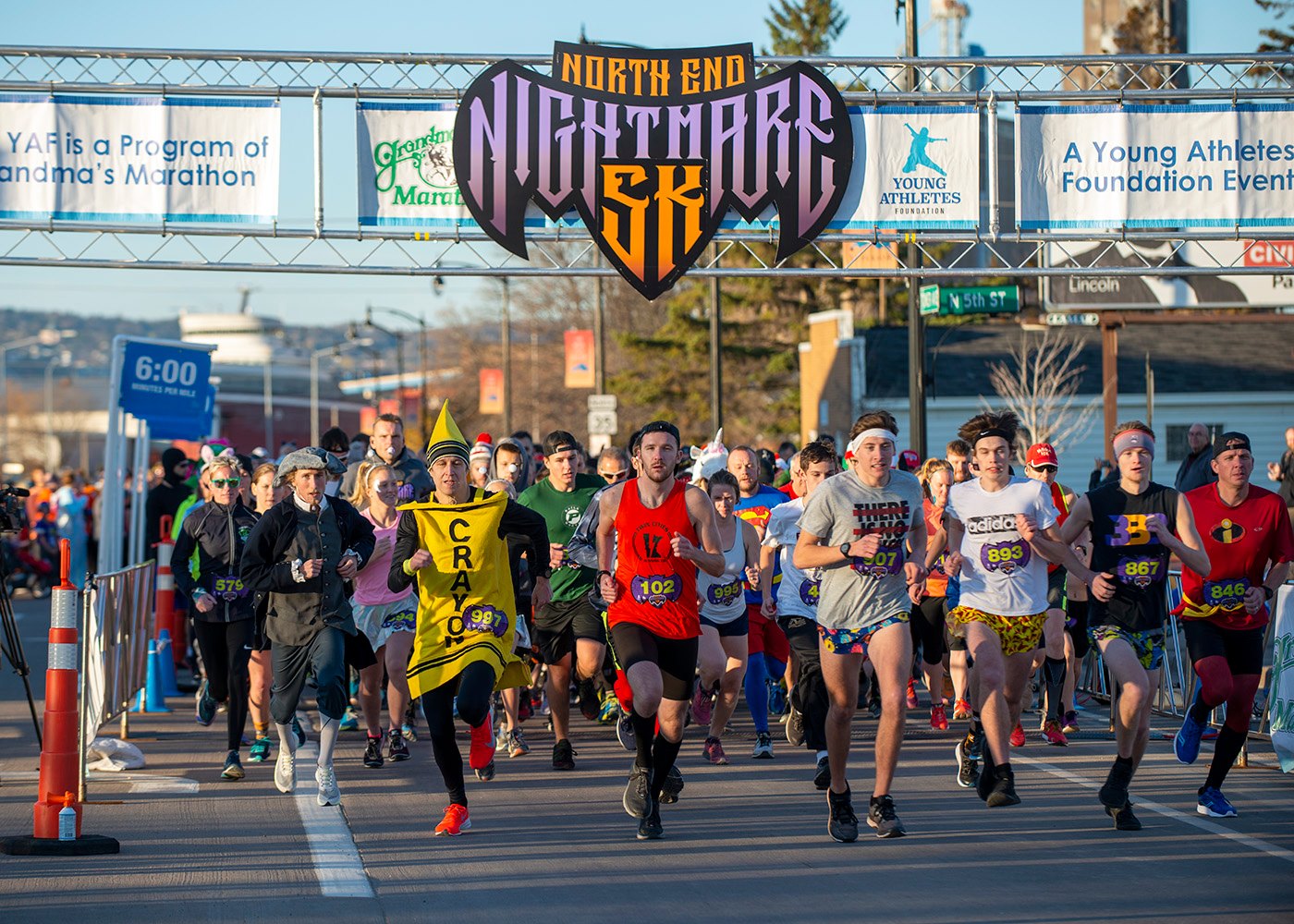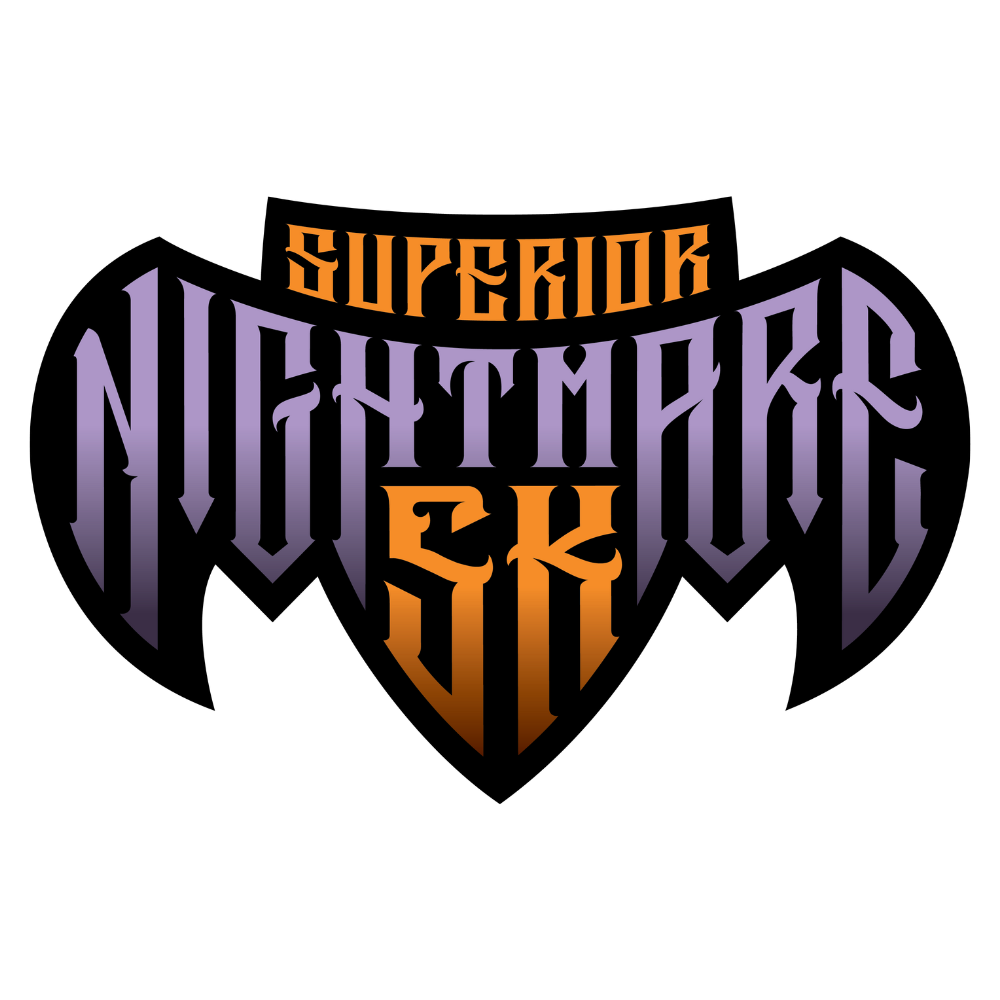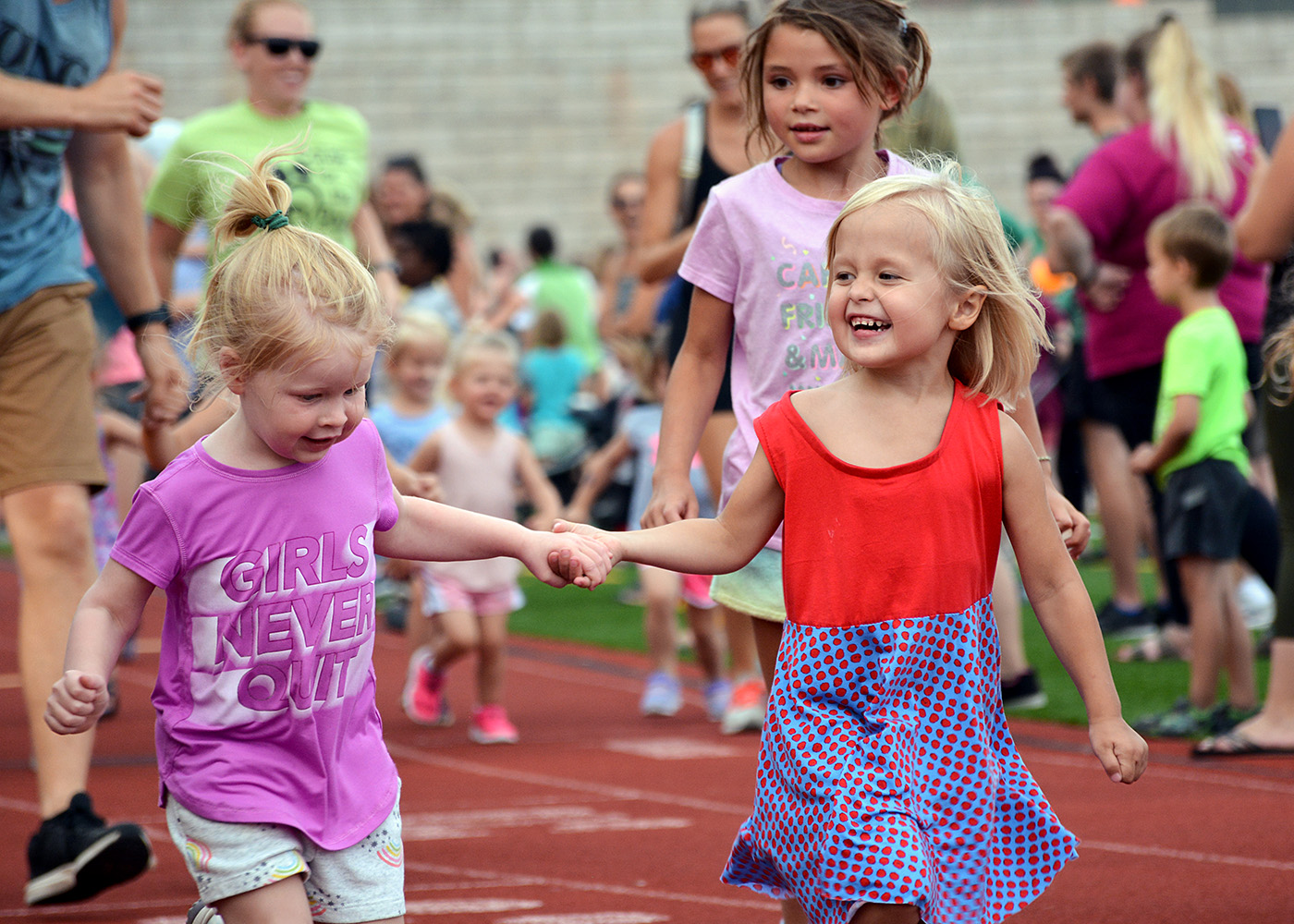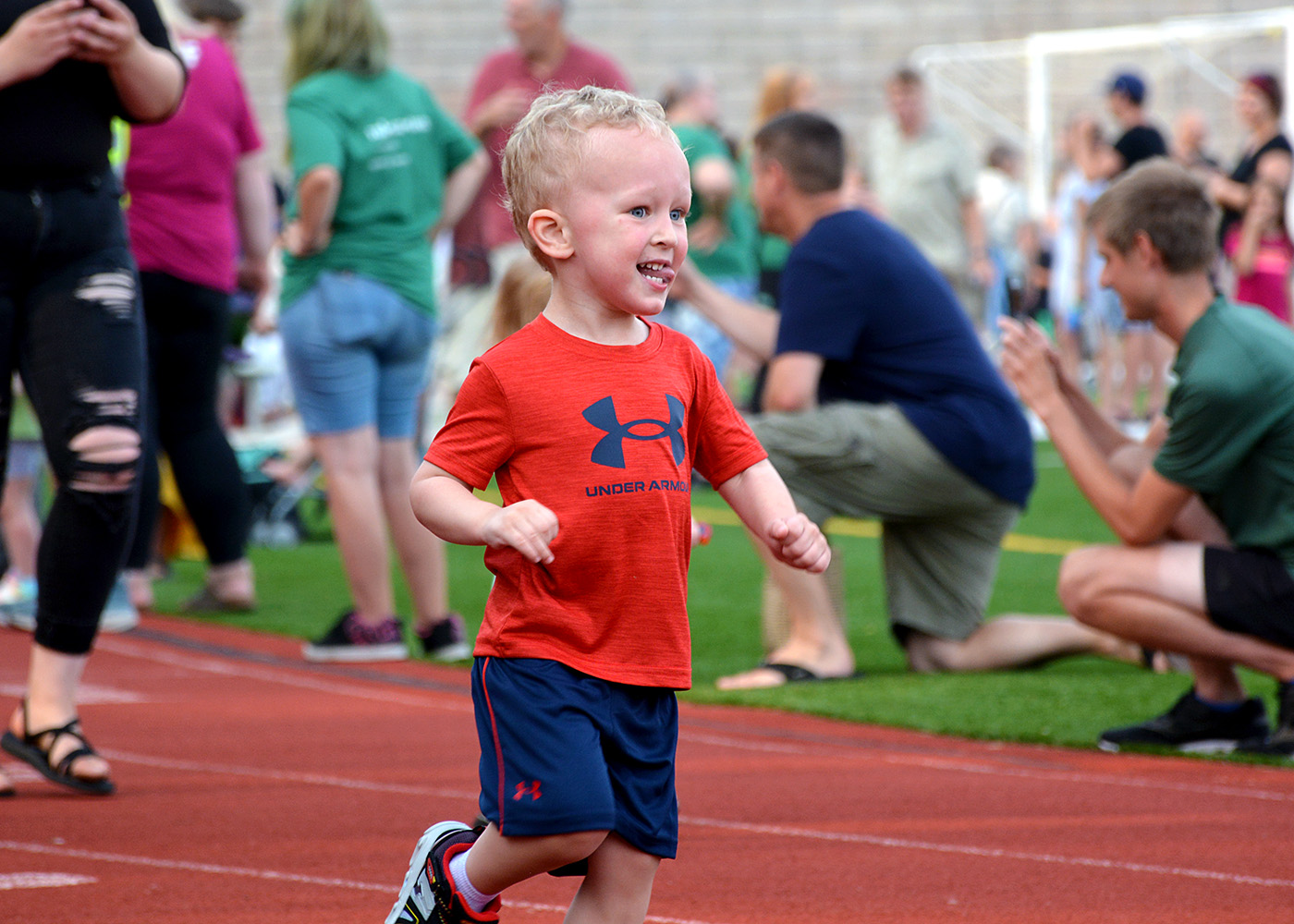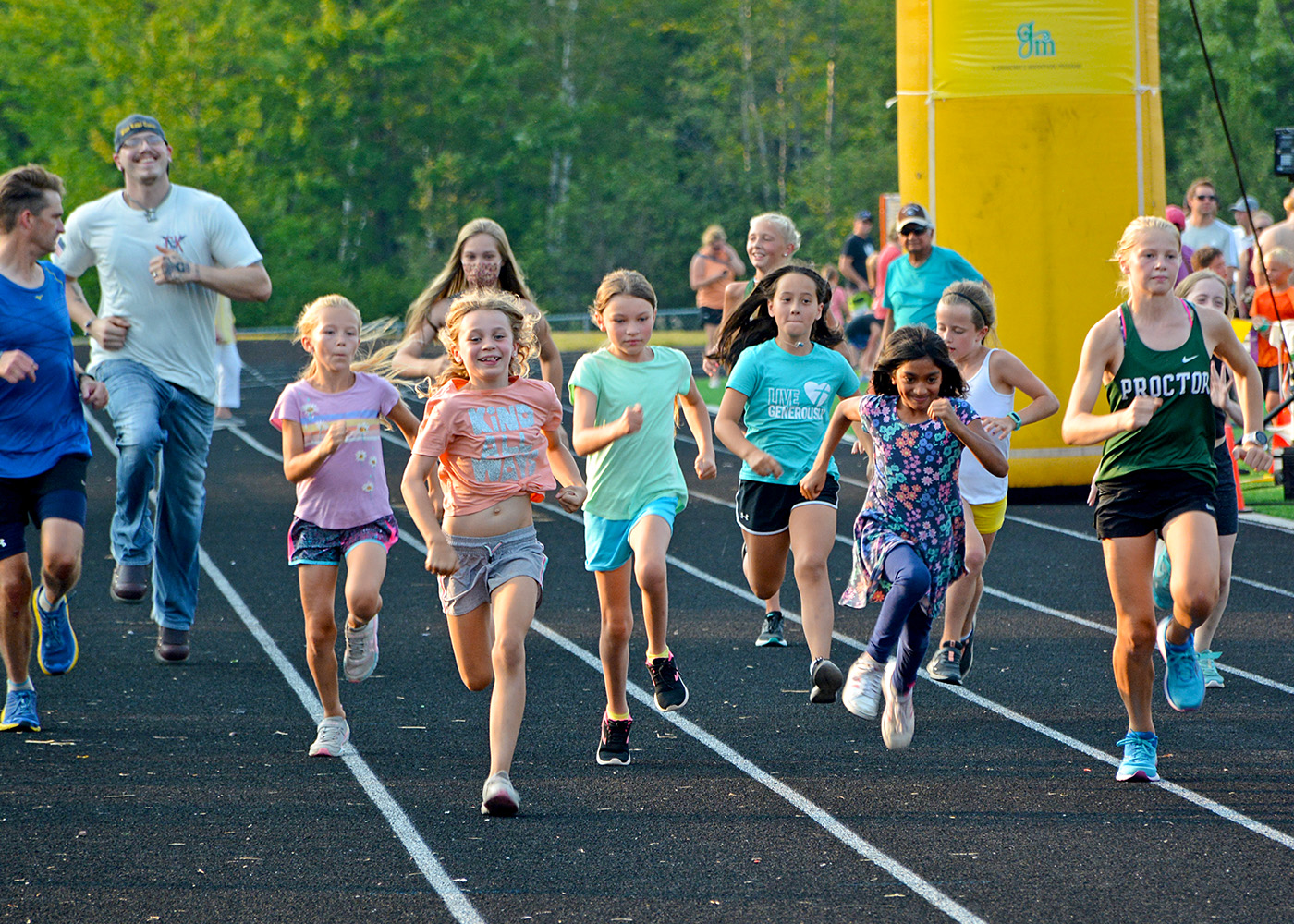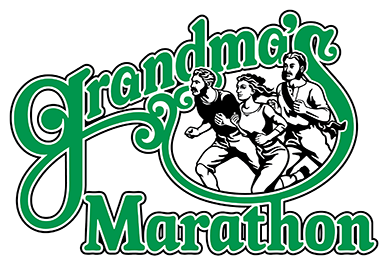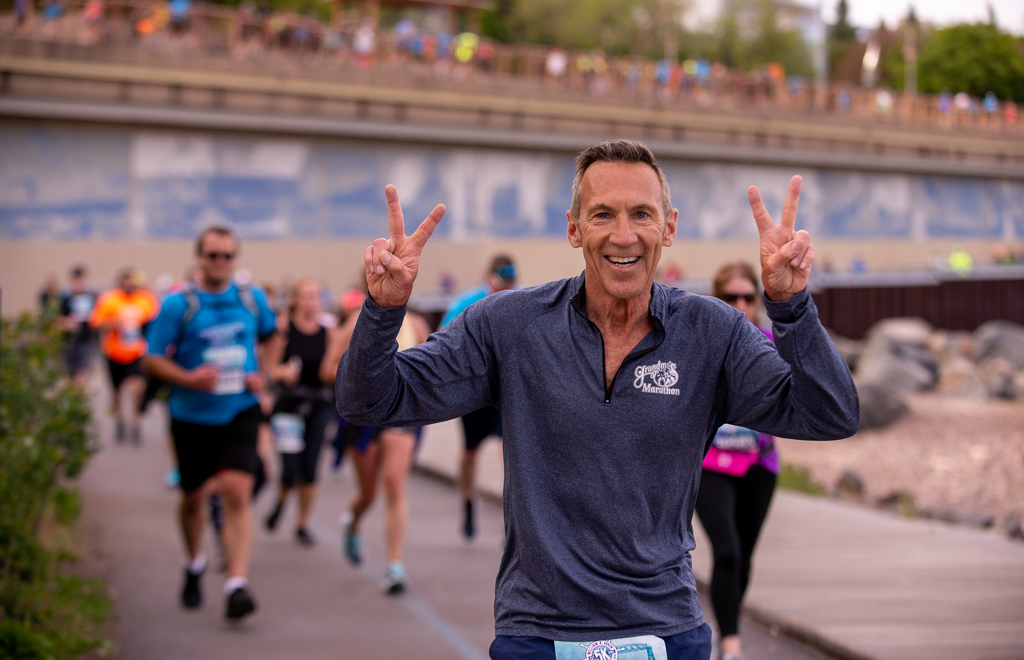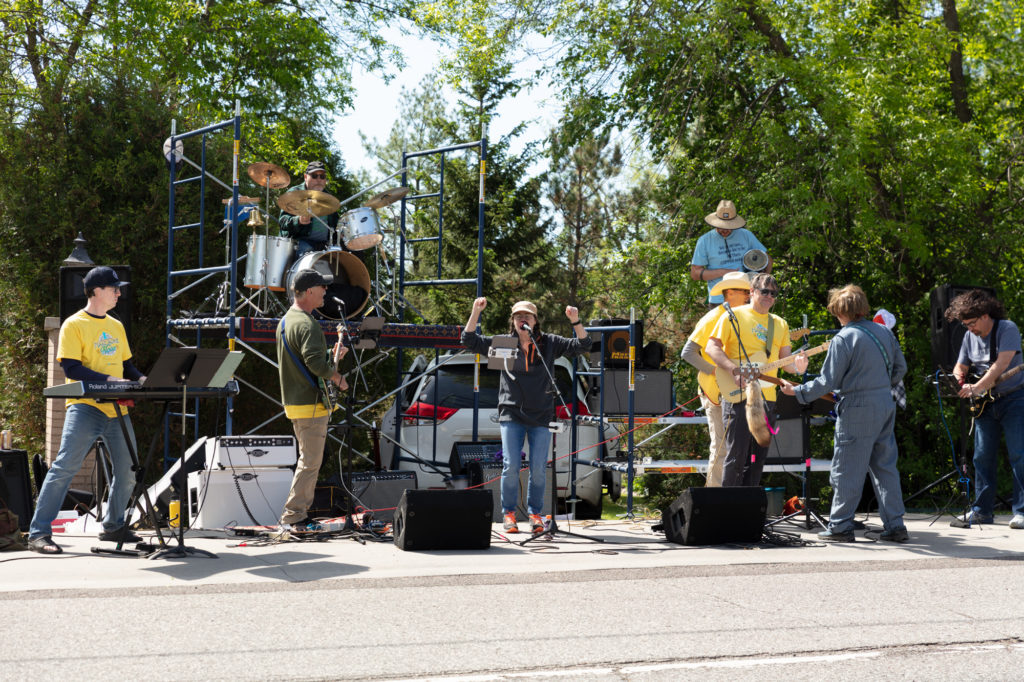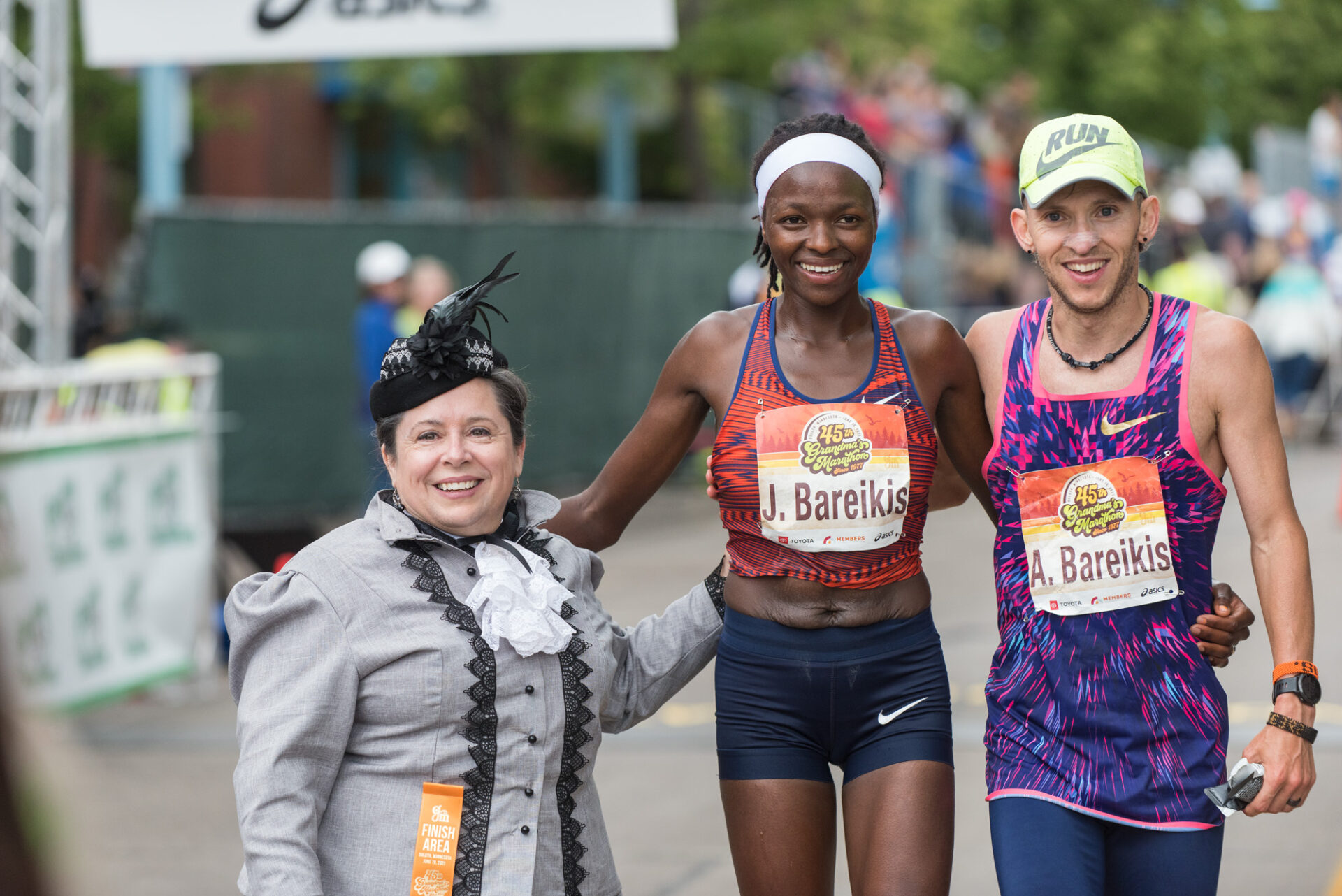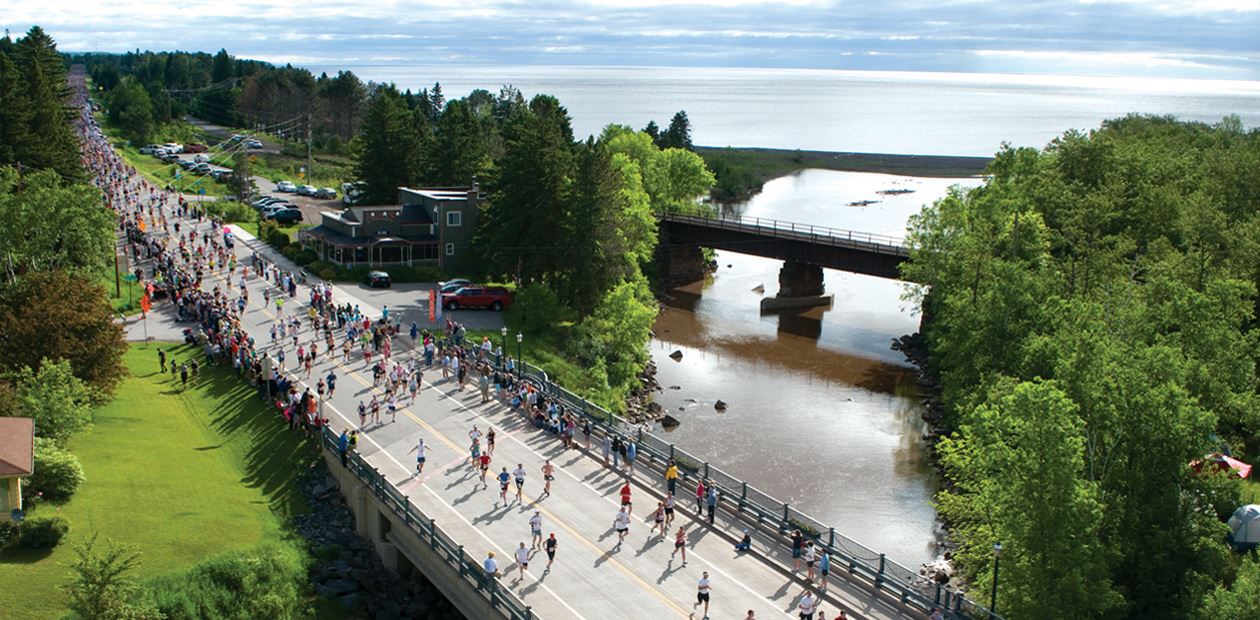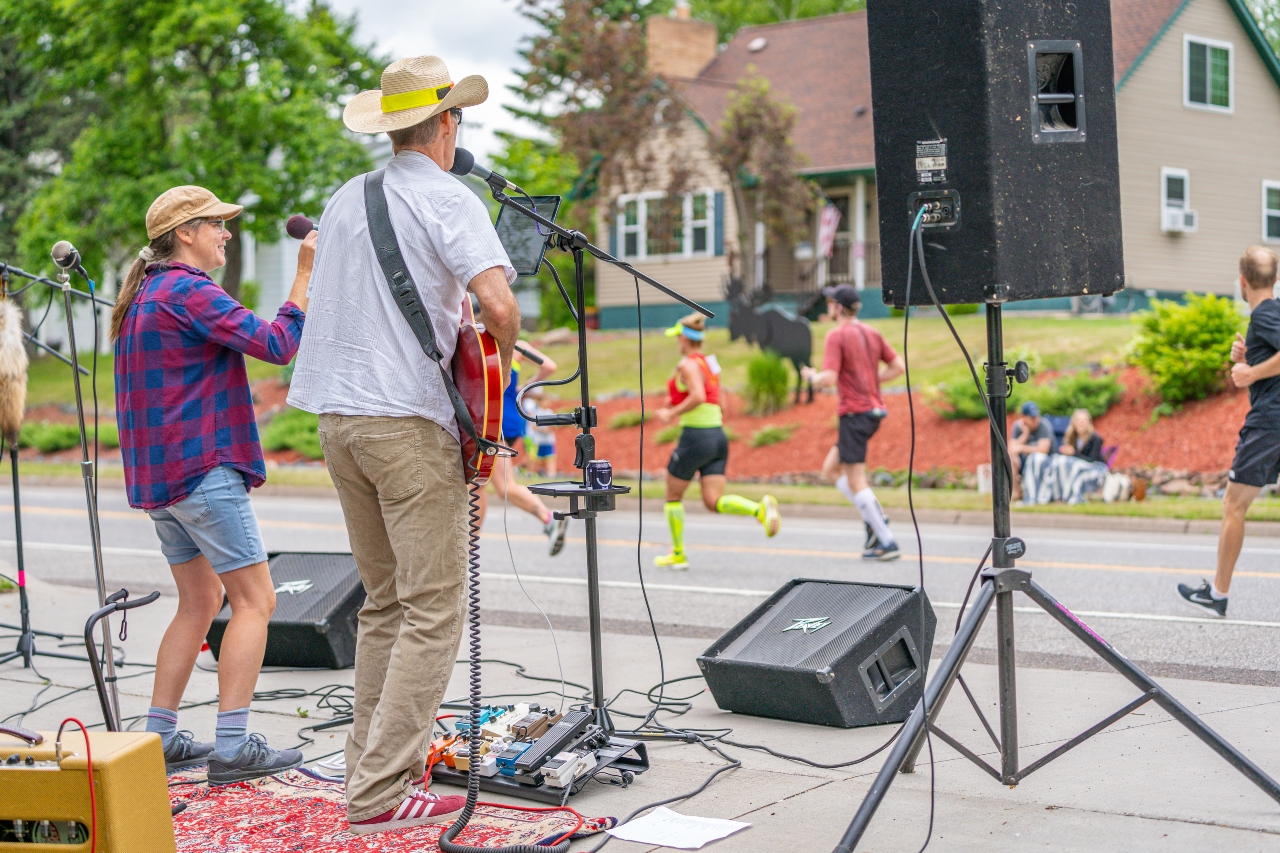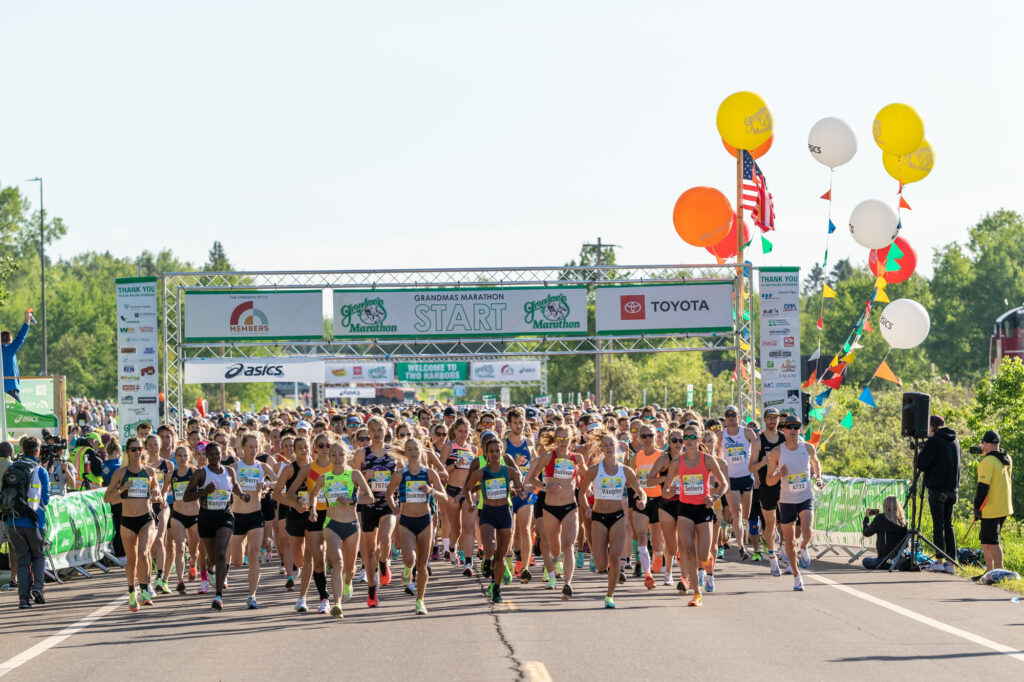Choosing the right gear for training can help you avoid some of the most common injuries and illnesses that sideline distance runners.
Buying Shoes
You’ll often hear runners say that running is simple and doesn’t require a lot of equipment because all you need is a pair of shoes. While this may be true, training for and running 13.1 or 26.2 miles in just any pair of shoes can lead to injuries. You may have been able to run your high school gym class mile in a pair of high-top Converse, but those classics won’t last for a marathon.
I highly recommend locating a run specialty store near you. In Duluth, we are fortunate to have three! The Duluth Running Company, Austin Jarrow, and Tortoise & Hare. These stores are staffed by people who are well-versed in running, they’re not just trying to make any old sales. They will have a wealth of information on the shoe types they carry, and they often have a wear-test policy that will allow you to run in the shoes for real (not just taking a few steps down a narrow store aisle).
When it comes to the nuts and bolts of choosing specific shoe features, there are many things to consider. For more details on variations in running shoes, stop into your local running store.
Shoe and Sock Fit for Blister Prevention
Although blisters are not serious injuries like a pulled muscle or a sprained ankle, they can be quite painful and very annoying. They also can lead to potentially more serious injuries because we may accidentally (or intentionally) change our stride to avoid feeling them. A few simple things can go a long way in preventing blisters from showing up at all.
– Channel your inner Goldilocks. Try shoes until you find ones that fit just right at the end of a run. You may already know that feet are a little bit larger at the end of the day than in the morning due to some completely normal swelling, but this is also true at the end of a run. If your shoes are snug before you start, they’ll be tight and rubbing by the end. This is one of the reasons it is a really good idea to wear-test your shoes for a real run. On the flip side, if the shoes are too big, your feet will move around inside them a lot and cause friction which will lead to blisters as well.
– Socks should also fit well and preferably be sweat-wicking fabric. Baggy cotton tube socks are a one-way ticket to Blister-ville. Low-cut socks with the little “tab” behind the heel that just slightly sticks up over the heel of the shoe are an excellent choice. Socks that are specially made for running will sometimes have a little extra padding in areas that are commonly high friction.
If you do happen to suffer a blister anyway, keep them clean and dry. Do not put on any creams or ointments. Do not pop them unless they are large and full enough that they are uncomfortable. If you do pop it, be sure to keep it clean, dry, and protected until it is healed, so you don’t open yourself up to potential infection.
Avoiding Chafing
Chafing might not sound like much of an injury…unless you have ever experienced a lot of it in a sensitive area. And sensitive areas tend to be where it likes to appear. The iconic bloody nipples on male marathon runners are caused by chafing. It is also common on the thighs or thigh crease where shorts and underwear can rub the skin, or underneath the band of a sports bra. I’ve experienced it myself on the inner part of my upper arm because my arm was rubbing against the seam of my tank top. Sometimes you can feel that chafing while it is occurring, but other times you will be blissfully unaware until you step into the shower and feel a sharp, burning pain when the water hits.
The best way to prevent chafing is to protect these areas with products like petroleum jelly or Body-Glide. There are lots of choices on the market. I have talked with ultra-marathoners who swear by Squirrel’s Nut Butter, and those runners are out there for a very long time! They tend to have great product recommendations! (Don’t be misled – Squirrel’s Nut Butter is not food!)
A good rule of thumb is to go with products that are oil based. Lotions that are water based will quickly sweat off or get washed away if it’s rainy.

Cristina Nistler
Cristina Nistler MS, ATC is an Athletic Trainer with Essentia Health.
She has run 10 marathons, including two Grandma’s Marathons. In her role with Esssentia Health, she serves as a medical liaison for Grandma’s Marathon Weekend. In addition to providing medical care on race day, she will assist in preparations leading up to the mid-June event while doubling as a runner resource for training tips and safety advice.

